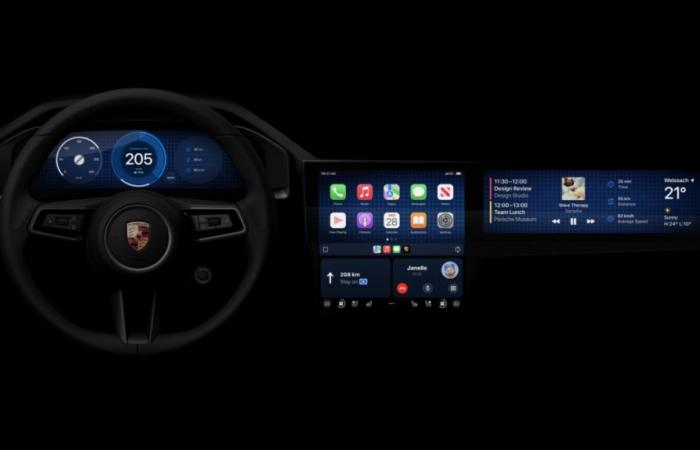The interface between our smartphone and our car has become essential. However, GM chooses to reverse course by abandoning CarPlay and Android Auto.
As we knew, General Motors (GM) took a radical turn by announcing the gradual abandonment of CarPlay and Android Auto. The media The Verge was able to speak with Baris Cetinok, the person who made this decision.
To go further
Why you'll never be able to have Apple CarPlay on some cars
The quest for total control
GM's strategy, defended by Baris Cetinok, its senior vice-president, is based on an ambitious vision: create a user experience fully controlled by the manufacturer.
This vertical approach aims to enable deeper integration between different vehicle systems, from navigation to battery control for electric vehicles. This is obviously reminiscent of Tesla's strategy.
Let's face it, the main argument put forward by GM is apparently convincing. By controlling the entire user interface, the manufacturer promises to be able to innovate more quickly and to offer features that are impossible to implement with CarPlay. For example, native integration would allow better range management of electric cars, by coordinating navigation with battery status and available charging stations.
The gray areas of a contested strategy
However, this vision faces several obstacles.
The first concerns the application ecosystem. While CarPlay provides access to hundreds, even thousands, of applications optimized for in-car use, GM will have to convince developers to create specific versions for its platform. A task that is all the more difficult given that the automobile market is more fragmented than that of smartphones.
We can see it with Google Automotive at Renault, Volvo, Ford, Polestar, Audi… but also GM as you will see later. Not all applications are compatible on all screens and with all models. It's disconcertingly complex, even though these cars share the same Android base.
Tesla, for its part, has restricted access to its OS to a few partners, including Spotify, Apple and Google. We are still limited in the choice of applications and services.
The second challenge concerns the sustainability of the system. Smartphones are generally renewed every two to three years, which allows users to benefit from the latest technological advances. On the other hand, a car is kept for an average of eight to ten years. How does GM plan to maintain the freshness and performance of its interface over such a period of time? The risk of premature obsolescence is real.
Technological dependence in question
Paradoxically, by wanting to free itself from dependence on Apple and Google for the user interface, GM creates a new form of dependence. The system developed by the manufacturer is in fact based on Android Automotive and Google services. This architecture raises questions about GM's real autonomy and its ability to innovate independently.
The complexity of this relationship is illustrated by the different technological layers at play: Android Automotive, Google Automotive Services, Google Built-in… A complexity that even industry leaders sometimes struggle to untangle, as the interview revealed by Baris Cetinok by The Verge.
The user, largely forgotten?
GM's decision seems to ignore one element: user preferences. Many drivers today are familiar with CarPlay and Android Auto. These interfaces allow them to find their favorite applications and their usage habits, regardless of the vehicle they drive.
The manufacturer will also have to maintain and evolve its interface over the long term, a task which requires skills traditionally closer to those of tech companies than car manufacturers.
While the goal of better integration between the car and its user interface is laudable, the method chosen by GM seems to go against current trends. While the automobile industry is moving towards more openness and interoperability, the American manufacturer is betting on a closed ecosystem.
In short, we have doubts, even if the approach seems respectable.
In the same vein, Smart initially made the decision to also abandon CarPlay and Android Auto for its new generation of electric vehicles, the Smart #1. However, faced with customer feedback and growing demand for compatibility with these popular systems, Smart ultimately reversed course.






